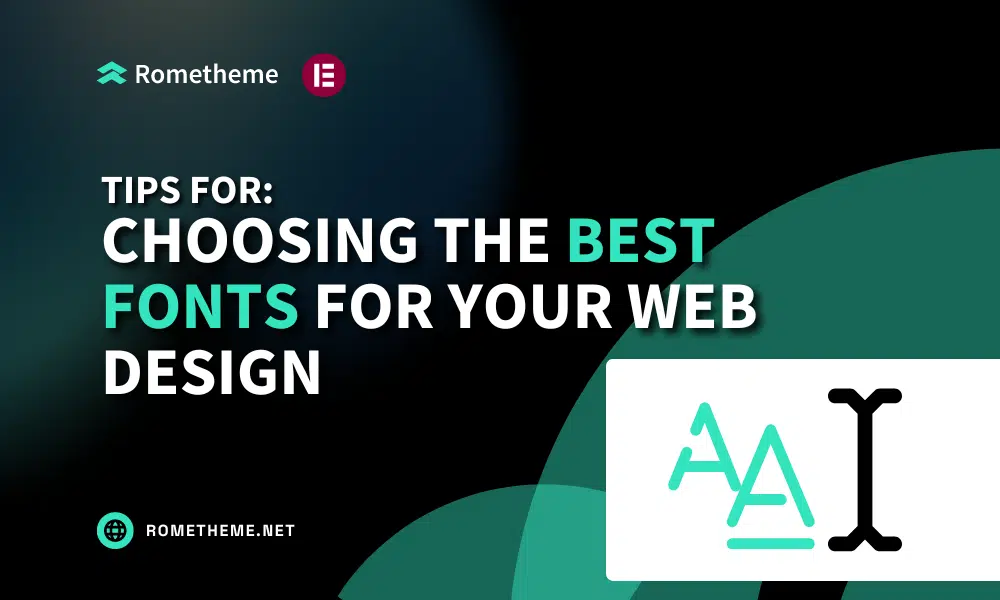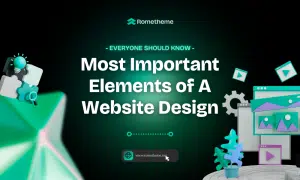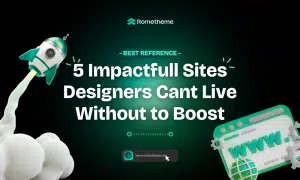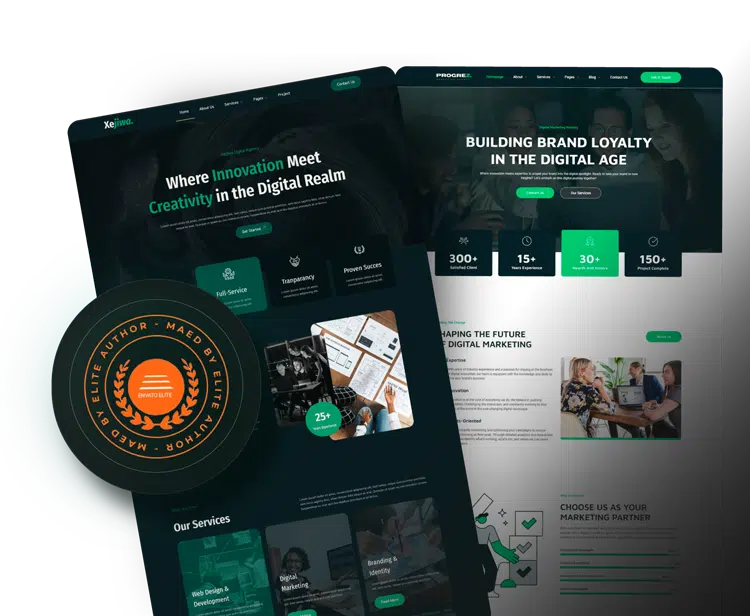Not all fonts that you think are beautiful can be used for your website design, and there is also no way to measure the right font options for website designers.
However, there are several considerations in choosing a font that you can use, namely you have to think about various things including compatibility, load time, and design goals. In this article, we will provide seven tips for choosing and using the best web fonts that we quoted from Designshack.
1. Start with the Fundamentals
Working with web fonts is just like any other typography project. It starts with the fundamentals.
- Serif vs. sans serif: There are other type categories but in terms of web design, almost every project is based on one of these options. (And sans serif typefaces are the dominant choice.)
- Kerning, tracking, and leading: The amount of space surrounding text can be just as important as the typeface. Kerning is the space between letter pairs; while tracking is the space between groups of characters. Leading is the amount of space between lines of text (aka line-height).
- Readability: When working with text for the web the number of characters per line can be important. Think about the size of the screen where text will appear and design it to be easy to read.
- Hyphenation: Just don’t do it. Hyphens make a mess of text on the screen.
- Alignment and justification: Most applicable to large blocks of text but think about how the text will align on the screen – left, right, or center – and whether blocks of text will have ragged edges or be fully justified.
- Number of typefaces: As with any project, no more than three typefaces … unless you have a really good reason.
- Remember contrast: It does not matter what typeface you select if there is not enough contrast between the text and the background for it to be readable. Elements that contribute to contrast include size, stroke weight, color, and space.
2. Consider Compatibility
One of the things that makes web typography difficult is that browsers are always changing and getting updates. You should choose a typeface that is compatible with modern web interfaces used on desktops and mobile devices. Sounds easy, right? It may take testing on multiple devices to find something that works smoothly.
You’ll have even better luck if you stick with type families designed for the web or by using options from Google Fonts or the @font-face rule.
3. Use a Service
Talking about Google Fonts, many designers choose to use the web font service. This is a great idea and can make many possible technical issues easy to overcome. Besides Google (probably the most popular option), there are a variety of other options. While Google Fonts is a free service, pricing tiers for other services vary from free option tiers to more expensive plans.
Each of these services has thousands of types to choose from and is quite easy to use. The great thing about any of these options is that they can provide extensive type libraries without having to spend money on lots of individual fonts. The downside is that most typefaces are only available for you to use online and not in print projects.
4. Be Considerate of Tone and Message
Start with the type. Sometimes font selection comes as an afterthought; things will be easier if you determine the type options first. Then think about how the text will combine with other design elements such as colors and images.
It’s important to make sure that the typeface you choose matches the tone and message of the project you’re working on. Here are some questions to help you map it out:
- Is the project formal or casual?
- Should the text be bold or bright?
- Is the font for the text large or small?
- How do I combine it with colors or images?
- Does the mood of the writing match the words read?
5. It’s OK to Look at Suggestions
One of the things that Google Fonts does very well is allow users to see font combinations and provide font combination suggestions. There’s no harm in using one of these options. (The Adobe Typekit Library also does a good job of helping users choose typefaces based on how they are used)
Pairing fonts can be difficult. This is not a suit that suits every designer. Getting help is okay. Be wary of overused font combinations; the first option you see is probably the most frequently used option.
Remember your basic principles of font pairing and look for letterforms that are similar in mood, stroke, and x-height. Think about the shape and slant of the letters and choose typefaces with similar lines. It’s a good idea to mix and match type styles and choose a pair of serif and sans serif or a sans serif and novelty typeface.
6. Think About Load Times

If fonts don’t load quickly, look for other options. Users have no patience for slow websites.
When choosing a typeface, test its speed. (Most services will help you with this, including Google.) Then think about other ways to minimize load times.
- Use a limited number of typefaces.
- For each typeface, select only the style you want to use.
- Select only the languages you will use for a particular font.
7. Be Choosy
You do not have to use Helvetica, Arial, or Droid Sans to create web typography. Take your time and be choosy when selecting a font palette.
How do you choose web fonts? Is there a process that differs from the steps we have outlined above? Choosing the perfect web font can be either an exciting process when you find the perfect combination, or make you want to give up when nothing seems to work.
Browse the fonts we have here Rometheme-Fonts that are suitable for your website design project.
Source: 7 Tips for Choosing the Best Web Font for Your Design
Visit our website to browse our stuff and follow our Instagram for great content!
Website: www.rometheme.net
Instagram: rometheme_studio












